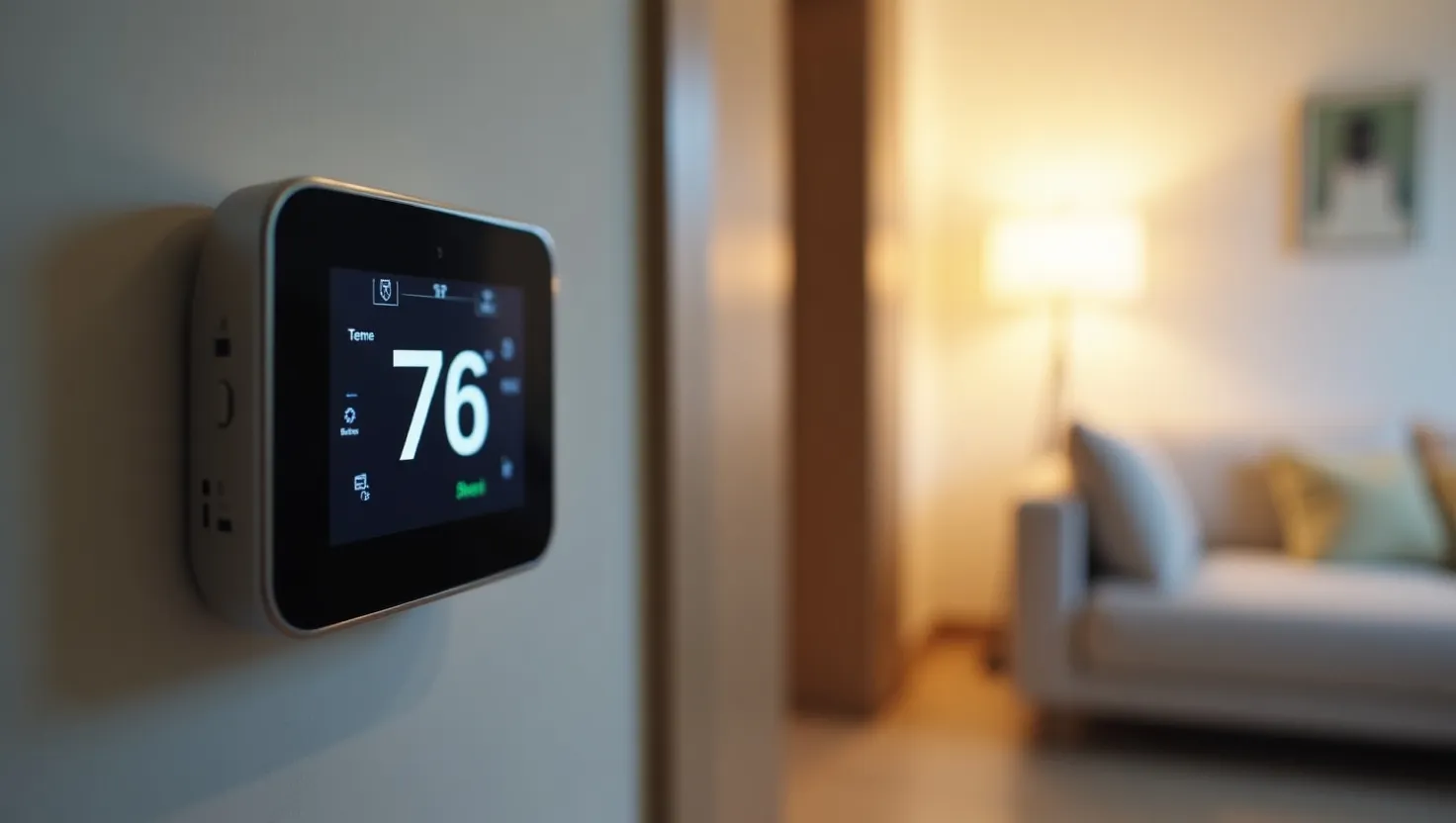Best Smart Thermostats for Energy Savings & Comfort (Top Picks 2025)
In an era where convenience and efficiency are paramount, the humble thermostat has undergone a remarkable transformation. Gone are the days of manually adjusting your home’s temperature. Smart thermostats have emerged as essential smart home devices, offering intelligent climate control, energy savings, and unparalleled comfort. These devices learn your preferences, adapt to your schedule, and allow you to manage your home’s heating and cooling from anywhere in the world, all contributing to lower energy bills and a more comfortable living space.
In 2025, the market is richer than ever with advanced and user-friendly smart thermostats. This comprehensive guide is dedicated to helping you discover the best smart thermostats for energy savings & comfort. We’ll delve into the crucial features that make these devices indispensable, review our top picks, and ensure you make an informed decision to optimize your home’s climate control and reduce your carbon footprint.
Why Upgrade to a Smart Thermostat?
Moving from a traditional thermostat to a smart one offers numerous advantages:
- Energy Savings: Intelligent scheduling, remote control, and learning capabilities significantly reduce wasted energy by not heating/cooling an empty home.
- Enhanced Comfort: Automatically adjusts temperature based on your presence, schedule, or even external weather conditions.
- Remote Control: Control your home’s climate from your smartphone, tablet, or computer, from anywhere.
- Voice Control: Integrate with smart assistants (Alexa, Google Assistant) for hands-free temperature adjustments.
- Smart Home Integration: Works seamlessly with other smart devices (lights, door sensors) for advanced automations.
- Data & Insights: Provides energy usage reports, helping you understand and optimize your consumption.
Key Features to Look For in Smart Thermostats
When selecting a smart thermostat, pay attention to these critical specifications:
1. Compatibility with HVAC Systems
Ensure the smart thermostat is compatible with your home’s heating, ventilation, and air conditioning (HVAC) system. Most smart thermostats work with conventional (furnace and AC) and heat pump systems. Check for C-wire compatibility (a common wire providing continuous power) as some smart thermostats require it.
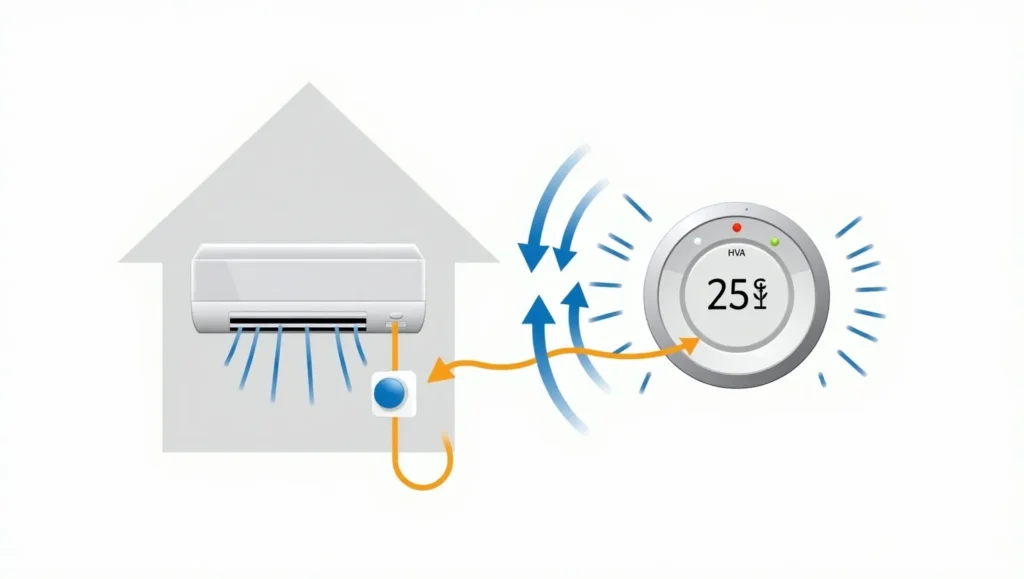
2. Smart Home Ecosystem Integration
Most smart thermostats integrate with popular smart home platforms:
- Amazon Alexa: For voice control via Echo devices.
- Google Assistant: For voice control via Google Home/Nest devices.
- Apple HomeKit: For Apple users, allowing control via Siri and the Home app.
- Samsung SmartThings: For broader smart home automations.
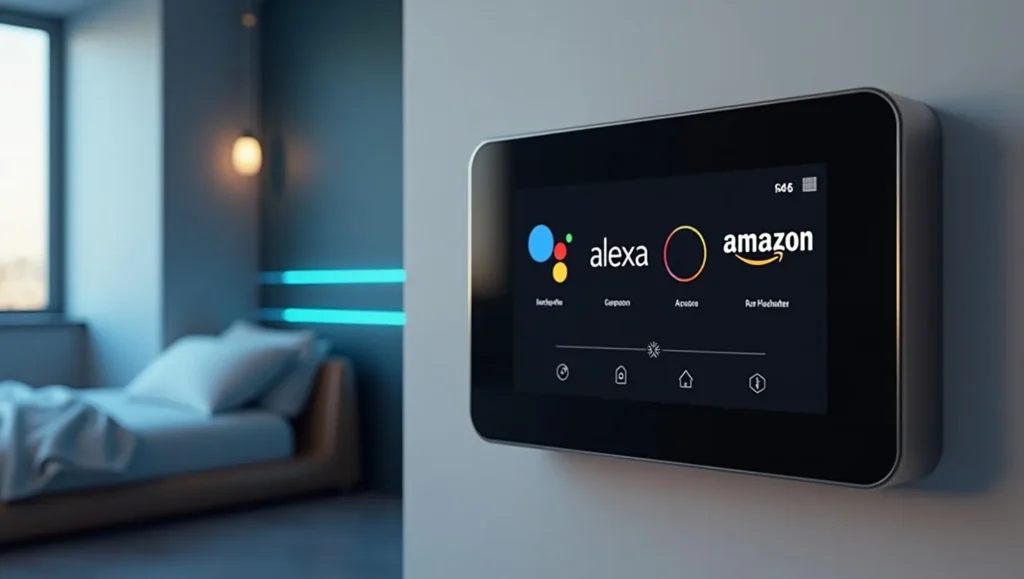
3. Scheduling & Learning Capabilities
- Programmable Scheduling: Allows you to set specific temperatures for different times of the day and week.
- Learning Algorithms: Advanced thermostats learn your preferences (when you like it warm/cool) and automatically create energy-efficient schedules.
- Geofencing: Uses your phone’s location to know when you’re home or away, adjusting the temperature accordingly to save energy.
4. Remote Sensors (for Zoned Comfort)
Some thermostats support wireless remote sensors that can be placed in different rooms. This helps address hot or cold spots in your home by allowing the thermostat to average temperatures across multiple locations or prioritize comfort in occupied rooms.
5. Energy Reporting & Insights
Look for thermostats that provide detailed energy usage reports through their app. This data helps you understand your consumption patterns and identify areas for further energy savings.
6. Display & User Interface
A clear, easy-to-read display and an intuitive user interface (physical buttons, touchscreen, or a combination) make on-device adjustments simple.
7. Installation Complexity
While many are designed for DIY installation, some may require professional help, especially if a C-wire is missing.
Our Top Picks: Best Smart Thermostats for Energy Savings & Comfort (2025)
Here are our top recommendations for smart thermostats that offer excellent value, functionality, and ease of use for optimizing your home’s climate control in 2025:
1. Google Nest Thermostat (Best Overall Value & Smart Integration)
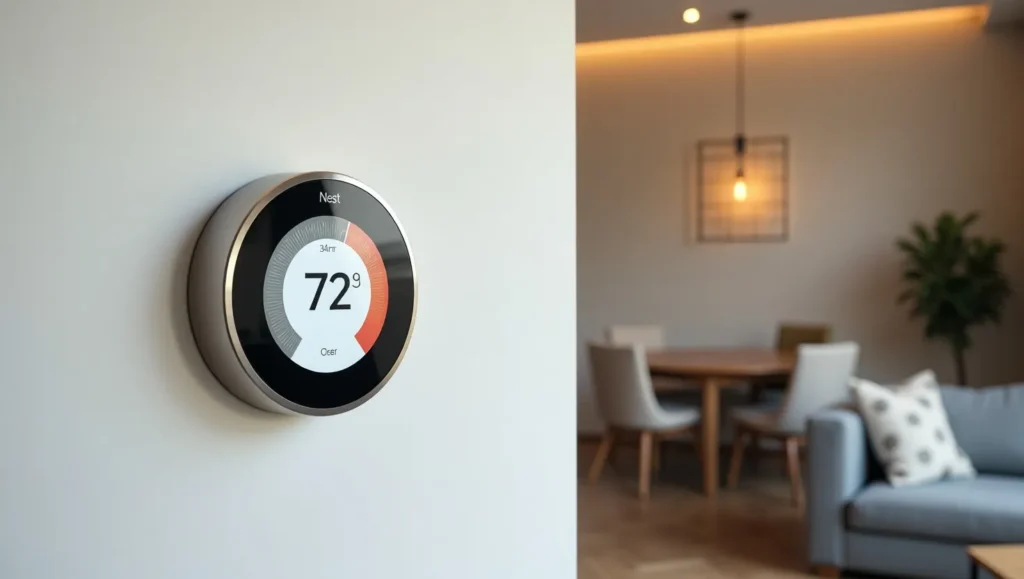
The Google Nest Thermostat offers an excellent balance of smart features, elegant design, and affordability. It provides intelligent scheduling, remote control via the Google Home app, and seamless integration with Google Assistant and Alexa. While it’s simpler than the premium Nest Learning Thermostat, it still offers crucial features like Soli sensor for Farsight (detects presence for display) and HVAC monitoring for potential issues. It’s a fantastic entry point into smart climate control.
- Pros: Elegant design, intuitive app, strong Google Assistant/Alexa integration, intelligent scheduling, HVAC monitoring.
- Cons: No learning capability (unlike Nest Learning Thermostat), requires C-wire in most setups.
2. Ecobee3 Lite (Best for Remote Sensors & Advanced Features)
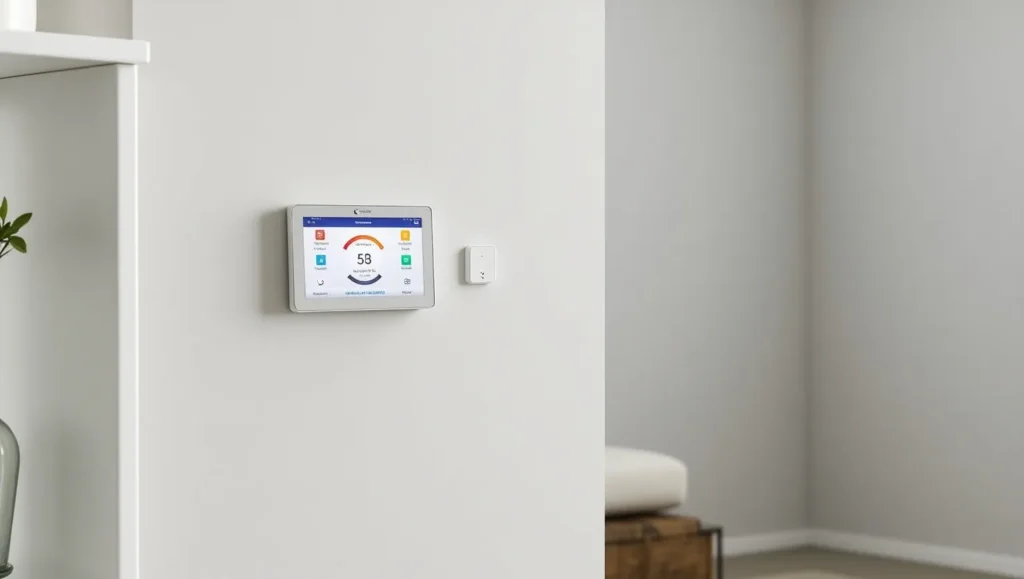
The Ecobee3 Lite is a highly popular smart thermostat, especially for homes with hot/cold spots, as it supports remote sensors (sold separately, one often included). These sensors allow the thermostat to average temperatures across multiple rooms, providing more accurate comfort. It offers robust scheduling, remote control, and integrates with Alexa, Google Assistant, and Apple HomeKit. It’s a powerful option for energy savings and personalized comfort.
- Pros: Supports remote sensors for true zoned comfort, wide smart home integration (including HomeKit), robust scheduling, intuitive app.
- Cons: Remote sensors sold separately, typically requires a C-wire.
3. Honeywell Home T9 Smart Thermostat (Reliable & User-Friendly)

The Honeywell Home T9 Smart Thermostat is a reliable and user-friendly choice that prioritizes comfort and energy efficiency. It comes with a remote room sensor to help manage hot/cold spots and offers precise temperature control. It integrates with Alexa and Google Assistant, features flexible scheduling, and provides geofencing capabilities. Its intuitive interface makes it easy to operate both on the wall and through the app.
- Pros: Includes a remote sensor, reliable performance, user-friendly interface, geofencing, robust mobile app.
- Cons: Design is less sleek than Nest, requires a C-wire.
4. Emerson Sensi Touch Wi-Fi Smart Thermostat (Easy Installation & Broad Compatibility)

The Emerson Sensi Touch Wi-Fi Smart Thermostat is renowned for its easy DIY installation (often not requiring a C-wire for some setups) and broad compatibility with most HVAC systems. It features a responsive touchscreen display, intuitive app control, and works with Alexa, Google Assistant, Apple HomeKit, and SmartThings. It focuses on straightforward energy savings through scheduling and remote control, making it a great option for homeowners looking for simplicity and wide integration.
- Pros: Very easy DIY installation, broad HVAC compatibility, supports all major smart home platforms, good app, no C-wire often needed.
- Cons: Lacks learning features and remote sensors (on base model), design is functional, not premium.
How We Selected These Smart Thermostats
Our selection process for the best smart thermostats for 2025 focused on models that deliver effective energy savings, enhanced comfort, and reliable smart home integration. We prioritized thermostats with strong compatibility with various HVAC systems, intuitive scheduling capabilities, and support for major smart assistants (Alexa, Google Assistant, HomeKit). We also considered the value offered by features like remote sensors, energy reporting, ease of installation, and positive user feedback to ensure our recommendations genuinely improve home climate control.
Tips for Maximizing Energy Savings with Your Smart Thermostat
- Utilize Scheduling: Set schedules that align with your daily routine, lowering temperatures when you’re away or asleep.
- Enable Geofencing: Let your thermostat know when you leave and return home so it can automatically adjust the temperature to save energy.
- Use Remote Sensors: If your thermostat supports them, place sensors in frequently used rooms to ensure comfort where it matters most, avoiding hot/cold spots.
- Monitor Energy Reports: Regularly check the energy usage reports in your thermostat’s app to identify trends and areas for further optimization.
- Optimal Temperature Settings: Aim for energy-efficient temperatures (e.g., 68°F/20°C in winter, 78°F/25.5°C in summer) when you’re home, and wider swings when you’re away.
- Ensure Proper Insulation: A smart thermostat works best in a well-insulated home. Check for drafts and proper sealing.
- Update Firmware: Keep your smart thermostat’s firmware updated for performance improvements and new features.
Conclusion
A smart thermostat is a powerful upgrade for any home, offering unparalleled convenience, enhanced comfort, and significant energy savings. In 2025, excellent options are available that seamlessly integrate with your smart home ecosystem and intelligently manage your heating and cooling. The Google Nest Thermostat, Ecobee3 Lite, Honeywell Home T9, and Emerson Sensi Touch stand out as top choices, each providing impressive value and functionality for optimizing your home’s climate control.
By choosing the right smart thermostat and utilizing its intelligent features, you can confidently lower your energy bills, create a more comfortable living environment, and contribute to a more sustainable lifestyle. Get ready to take control of your home’s climate with smart efficiency! What’s the biggest benefit you hope to gain from a smart thermostat? Share your thoughts in the comments below!
